Hezbollah’s Plan to Conquer the Galilee:
#Hezbollah’s flagship plan for an attack on #Israel was the “Conquering the Galilee” operation, or at least parts of it in northern Israel.
What does this plan entail, and what is its purpose?
How did Hezbollah prepare for it? How has the #IDF disrupted Hezbollah’s ability to execute this plan in the past year? Can Hezbollah carry it out soon? A Thread🧵
#Hezbollah’s flagship plan for an attack on #Israel was the “Conquering the Galilee” operation, or at least parts of it in northern Israel.
What does this plan entail, and what is its purpose?
How did Hezbollah prepare for it? How has the #IDF disrupted Hezbollah’s ability to execute this plan in the past year? Can Hezbollah carry it out soon? A Thread🧵

After Israel’s withdrawal from southern Lebanon, Hezbollah’s position changed significantly.
From operating as guerrilla forces against the IDF in southern Lebanon, they began to control southern Lebanon while increasing their involvement in Lebanon’s political system.
From operating as guerrilla forces against the IDF in southern Lebanon, they began to control southern Lebanon while increasing their involvement in Lebanon’s political system.

The Galilee Conquest plan was part of a broader strategy developed by Hezbollah after the Second Lebanon War to initiate a ground offensive against Israel.
This replaced the “no-defeat” strategy defined by Nasrallah and Hezbollah leadership, which relied on wearing down Israel
This replaced the “no-defeat” strategy defined by Nasrallah and Hezbollah leadership, which relied on wearing down Israel

and surviving until the end of the war.
The new strategy aimed to shorten the war and achieve more than mere survival.
This plan was also designed to deter Israel.
As Iran’s “aircraft carrier” in the Middle East, Hezbollah used this strategy alongside its growing arsenal of
The new strategy aimed to shorten the war and achieve more than mere survival.
This plan was also designed to deter Israel.
As Iran’s “aircraft carrier” in the Middle East, Hezbollah used this strategy alongside its growing arsenal of
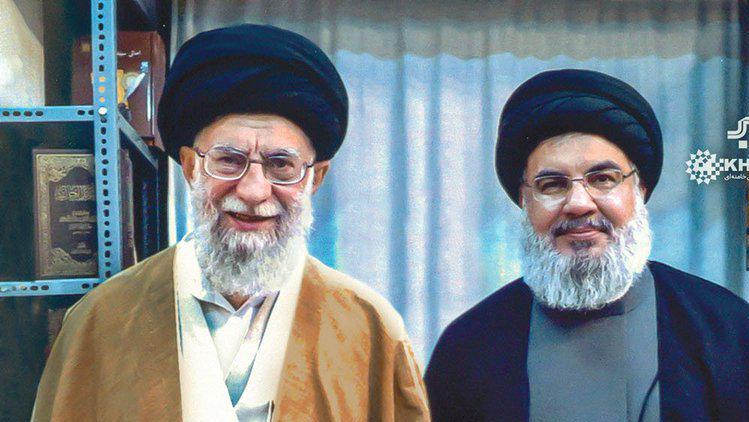
missiles and rockets to deter Israel from attacking Iran’s nuclear facilities.
It also aimed to ensure Hezbollah’s safety while it was engaged in the Syrian front alongside Assad’s regime.
After the Second Lebanon War, Hezbollah’s top military commander,
It also aimed to ensure Hezbollah’s safety while it was engaged in the Syrian front alongside Assad’s regime.
After the Second Lebanon War, Hezbollah’s top military commander,
Imad Mughniyeh, began working with a special unit of the Iranian Revolutionary Guard to develop this plan.
When Mughniyeh was assassinated in Damascus in 2008, he was likely in the midst of efforts to finalize the plan in coordination with Qasem Soleimani.
When Mughniyeh was assassinated in Damascus in 2008, he was likely in the midst of efforts to finalize the plan in coordination with Qasem Soleimani.

In 2011, Hezbollah publicly revealed the plan on their website. In a 2012 speech, Hezbollah leader Hassan Nasrallah also presented it, declaring their intent to execute it. 
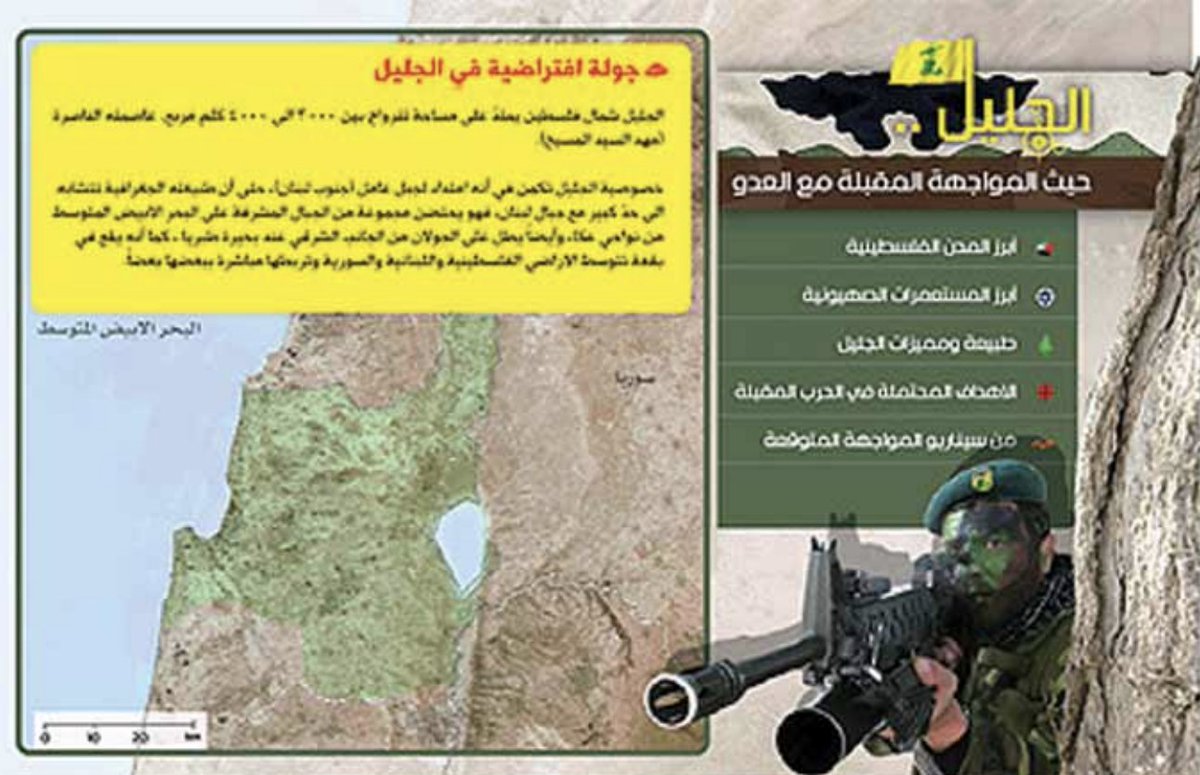
Soon after, a Lebanese newspaper reported that 10,000 Hezbollah operatives had trained for this plan during a exercise.
Since then, Hezbollah has released numerous propaganda videos and statements threatening to carry out the plan as part of their rhetoric against Israel.
Since then, Hezbollah has released numerous propaganda videos and statements threatening to carry out the plan as part of their rhetoric against Israel.
The plan involved an invasion of Israeli territory, capturing several Galilee communities, and launching thousands of rockets and missiles at central and northern Israeli cities, military bases, and strategic infrastructure.
This would paralyze Israel and the IDF, preventing an effective response to the attack over time.
If this sounds eerily familiar, it’s because Hamas executed the October 7 massacre using a similar blueprint.
If this sounds eerily familiar, it’s because Hamas executed the October 7 massacre using a similar blueprint.
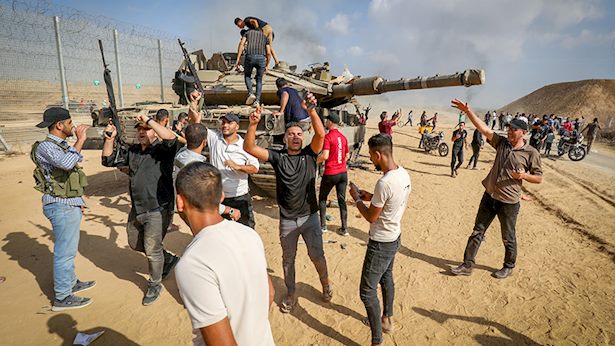
Hezbollah planned to kidnap hundreds of Israeli civilians and soldiers during the first phase of the attack, using them as hostages to halt the war and counter any Israeli attempt to retaliate and push Hezbollah back into Lebanon.
The elite Radwan Force, consisting of approximately 2,500 fighters, was tasked with leading the attack. These operatives underwent intense training in Iran alongside special forces of the Revolutionary Guard.
The Radwan Force was to spearhead the assault.
The Radwan Force was to spearhead the assault.
https://x.com/orielishamiller/status/1854638207142343073?s=46
Upon receiving orders from Iran’s Supreme Leader and Nasrallah, Radwan operatives would gather in forests and villages near the Israeli border to prepare for the attack. Using tunnel networks, they planned to approach within meters of the border fence,
blow it up at multiple points using large explosives, and penetrate Israeli territory.
This phase of the attack would be accompanied by massive rocket fire, precision missiles, and drones targeting military headquarters, strategic bases, and Israeli cities.
This phase of the attack would be accompanied by massive rocket fire, precision missiles, and drones targeting military headquarters, strategic bases, and Israeli cities.
On October 7, Hamas launched over 4,000 rockets in a single day; Hezbollah could likely exceed that rate during the first day of an attack.
The initial stage aimed to capture military outposts and strategic points near the border, ensuring the IDF couldn’t respond effectively.
The initial stage aimed to capture military outposts and strategic points near the border, ensuring the IDF couldn’t respond effectively.
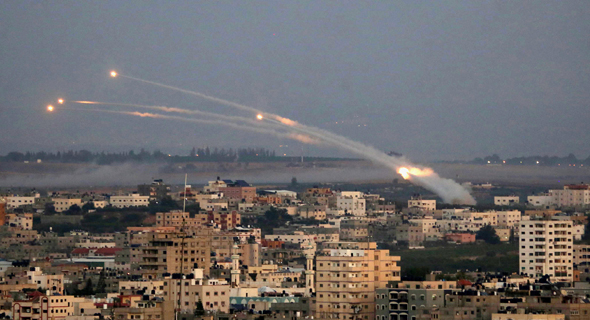
Simultaneously, other forces were to seize several Israeli communities near the border, such as Shlomi, Ramot Naftali, Metula, and others. There, they intended to carry out massacres, rapes, abuse of civilians
and the abduction of additional hostages into Hezbollah’s tunnels deep in Lebanon.
At this stage, Hezbollah planned to deploy artillery and anti-tank teams on hills and strategic positions to block IDF reinforcements. Regular Hezbollah combat units were expected to join,
At this stage, Hezbollah planned to deploy artillery and anti-tank teams on hills and strategic positions to block IDF reinforcements. Regular Hezbollah combat units were expected to join,
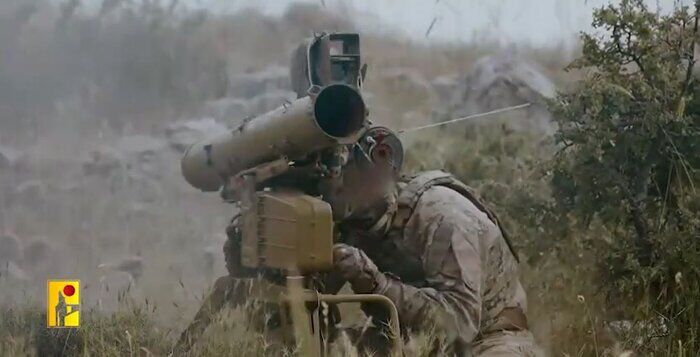
capture additional territory, and hold these areas while preventing Israel from reclaiming them.
It is estimated that, Hezbollah planned to use naval commando units to target strategic sites such as Haifa Port, Israel’s gas rig, Israeli naval vessels, or coastal cities.
It is estimated that, Hezbollah planned to use naval commando units to target strategic sites such as Haifa Port, Israel’s gas rig, Israeli naval vessels, or coastal cities.
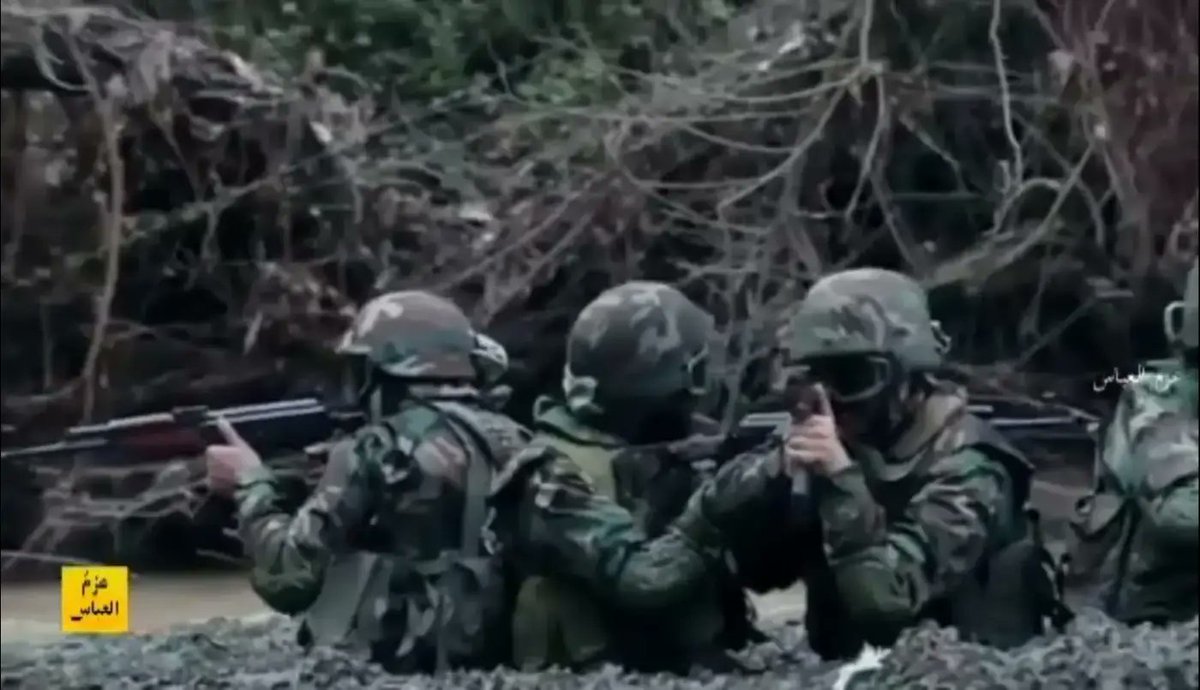
Small elite squads might also have been deployed deep into Israeli territory to attack strategic sites, such as Ramat David Airbase, in telligence bases, and other locations, aiming to gather intelligence, create chaos, and cause destruction. 
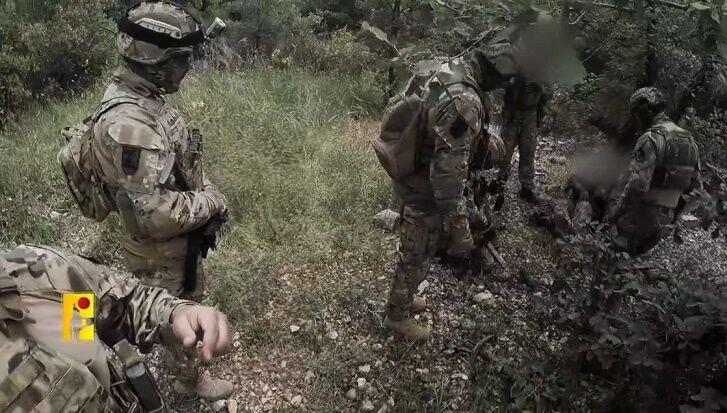
If executed, this plan could have had catastrophic consequences, with thousands of casualties - far exceeding the October 7 massacre - and severe strategic damage to Israel.
If Hezbollah had joined Hamas’s attack on October 7, 2023, the outcome could have been even worse.
If Hezbollah had joined Hamas’s attack on October 7, 2023, the outcome could have been even worse.
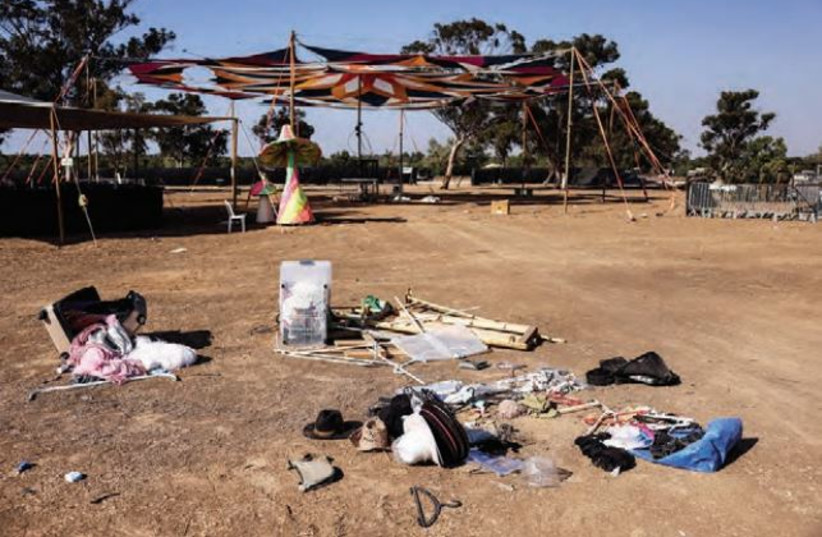
Israel was fortunate that Hezbollah did not join Hamas on October 7, opting instead to provide “aid front” a day later, on October 8.
For over a year, since Hezbollah’s initial attacks on Israel, the defensive preparations along the border have been extensive,
For over a year, since Hezbollah’s initial attacks on Israel, the defensive preparations along the border have been extensive,
including reserve forces and special intelligence efforts.
Despite Nasrallah’s declarations and threats, Hezbollah understood that any attack would likely be much smaller, limited to one community or a small area, especially after 60,000 northern Israeli residents
Despite Nasrallah’s declarations and threats, Hezbollah understood that any attack would likely be much smaller, limited to one community or a small area, especially after 60,000 northern Israeli residents
were evacuated from their homes near the border.
It didn't exactly work out as they planned, after they chose to ignore all warnings and continue fighting Israel, the command center of Radwan's force and Hezbollah was severely damaged in the pager attack in
It didn't exactly work out as they planned, after they chose to ignore all warnings and continue fighting Israel, the command center of Radwan's force and Hezbollah was severely damaged in the pager attack in
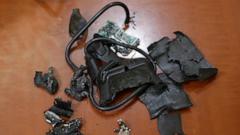
September and the radio attack the next day.
Days later, in a meeting reportedly intended to execute an attack as part of the original plan to conquer the Galilee, Ibrahim Aqeel, the commander of Hezbollah's operations department, and one of the people who built the plan,
Days later, in a meeting reportedly intended to execute an attack as part of the original plan to conquer the Galilee, Ibrahim Aqeel, the commander of Hezbollah's operations department, and one of the people who built the plan,
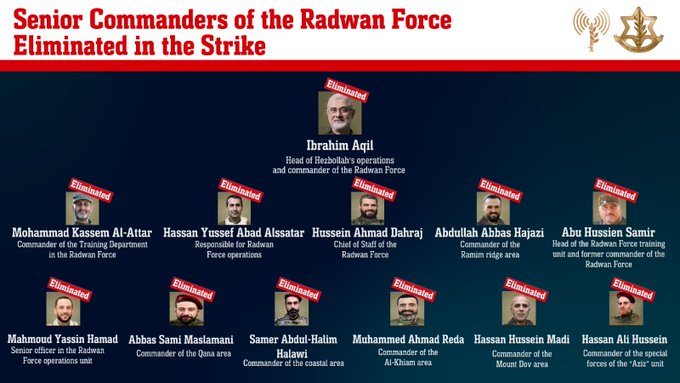
along with the Radwan force commanders who were supposed to execute it, were eliminated.
Since then, in ongoing operations during the ground campaign in southern Lebanon, approximately 3,000 Hezbollah operatives have been killed, with another 5,000 wounded.
Since then, in ongoing operations during the ground campaign in southern Lebanon, approximately 3,000 Hezbollah operatives have been killed, with another 5,000 wounded.

In IDF operations in Lebanon over the year, thousands of Hezbollah’s weapons depots and infrastructure in southern Lebanon have been destroyed. Tunnel networks and infrastructure in villages designed for this attack were damaged, making their restoration a lengthy process.
Infrastructure in areas south of the Litani River, where the IDF has not reached, is to be destroyed by UNIFIL and the Lebanese Army under the ceasefire agreement—though skepticism about their compliance is warranted.
Countless weapons and advanced military equipment have been seized. IDF officials noted that, unlike Hamas, Hezbollah prepared for an attack meant to hold territory afterward. The weapons seized, sourced from Russia, Iran, North Korea, and China, were of high quality, 


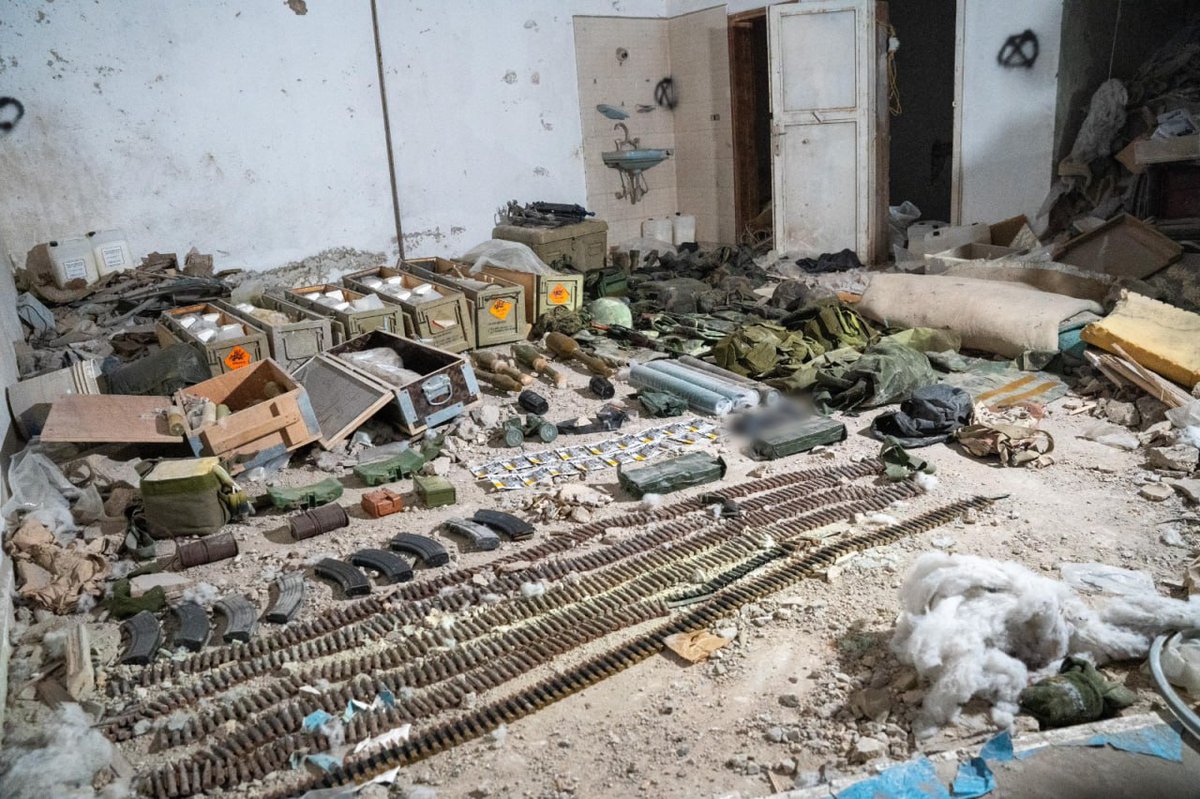
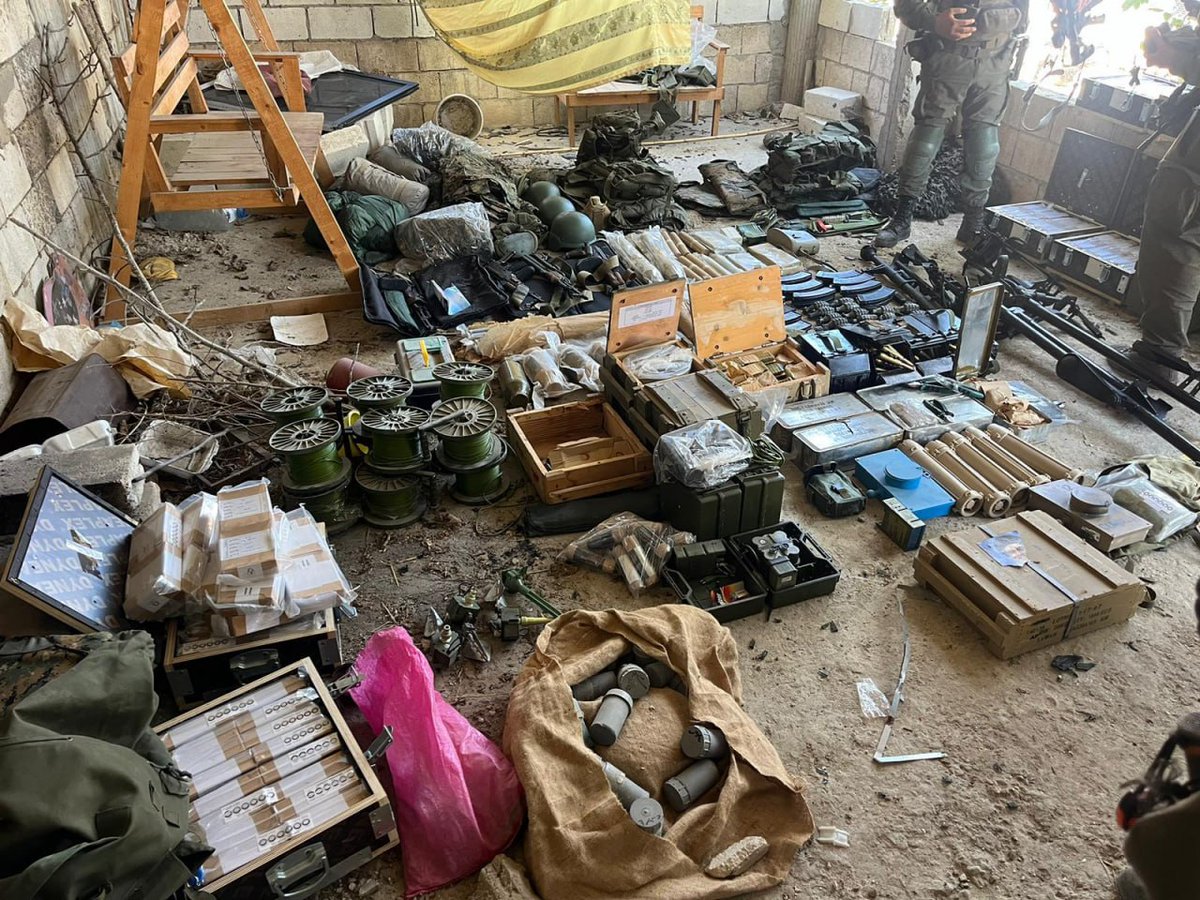

far superior to Hamas’s, and could have facilitated Hezbollah’s plan.
Given the significant damage sustained in this war, how long will it take for Hezbollah to rebuild its ability to execute the plan?
Manpower recovery might take a year,
Given the significant damage sustained in this war, how long will it take for Hezbollah to rebuild its ability to execute the plan?
Manpower recovery might take a year,
requiring force rebuilding, recruitment, training, and reorganizing command structures.
Equipment restoration may take longer. As villages in southern Lebanon are rebuilt, so too will the infrastructure beneath and alongside them, shortening the timeline.
Equipment restoration may take longer. As villages in southern Lebanon are rebuilt, so too will the infrastructure beneath and alongside them, shortening the timeline.
The question remains: after their recent losses and exposure to intelligence infiltration, will Hezbollah even want to risk another war in which many Israelis will be killed, but they are likely to lose? 
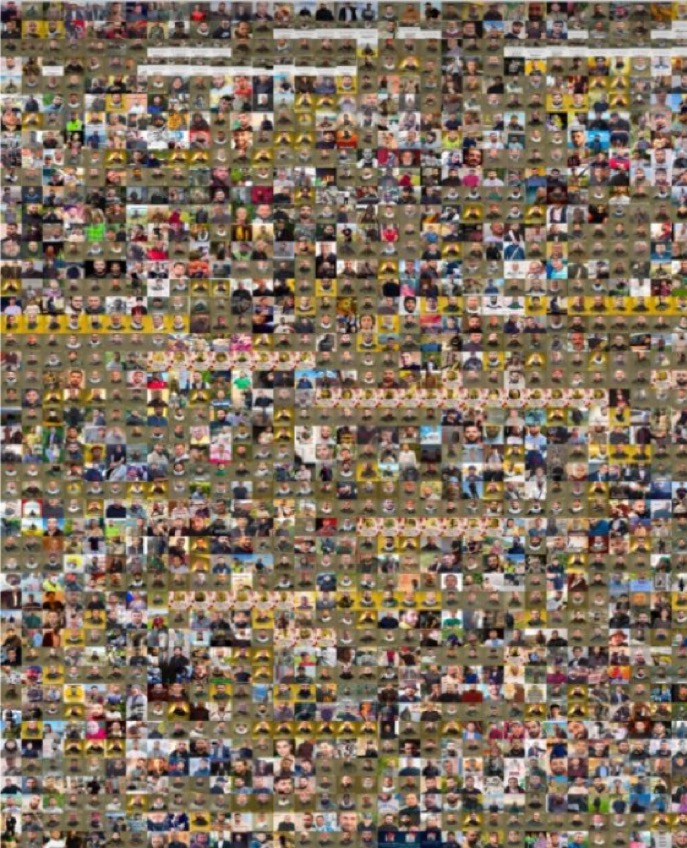
The thread ends here.
Note that I did not refer almost at all to the Israeli side and the IDF's preparation for the Hezbollah plan, if it interests anyone, I will write a thread about that as well.
Feel free to ask questions, share or follow.
Thank you for reading!
Note that I did not refer almost at all to the Israeli side and the IDF's preparation for the Hezbollah plan, if it interests anyone, I will write a thread about that as well.
Feel free to ask questions, share or follow.
Thank you for reading!
https://twitter.com/orielishamiller/status/1861870514148352162
Small additions:
A look at the structure of Radwan's force and how the attack was supposed to work (also read the thread on Radwan's force found in Highlights)
A look at the structure of Radwan's force and how the attack was supposed to work (also read the thread on Radwan's force found in Highlights)
https://x.com/orielishamiller/status/1855680618043974132
A video posted on Hezbollah-affiliated Al-Mayadeen TV about the program (video from 2013, I think)
• • •
Missing some Tweet in this thread? You can try to
force a refresh









